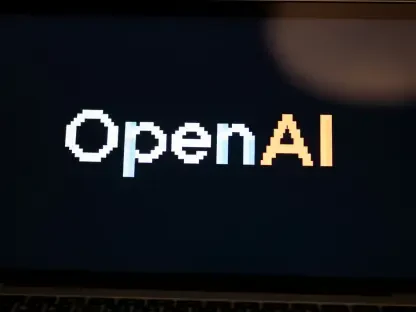The rapid acceleration in data processing demands has placed Apache Spark at the forefront of transformative technologies in data analytics. Originally devised to improve efficiency in distributed data processing, Spark has grown exponentially with significant contributions from Databricks, a leader in data analytics innovation. This review delves into how Databricks has driven Spark’s development and its strategic enhancements to address the evolving needs of data analysts and engineers.
Spark’s Genesis and Its Rise in Data Processing
Apache Spark originated from the University of California, Berkeley’s AMPLab, with a mission to surpass existing data processing frameworks in speed and scalability. Its open-source nature, coupled with an efficient architecture, quickly caught the attention of the tech community. Databricks, founded by Spark’s creators, has played a pivotal role in advancing Spark’s capabilities, continually pushing boundaries with innovative enhancements and fostering a strong open-source ethos.
Databricks’ Technological Advancements and Open Source Contributions
At the core of Databricks’ philosophy is its commitment to open source. By spearheading key projects like Spark SQL for seamless data querying, Delta Lake for handling large-scale data integrity, and real-time data streaming innovations, the company has cemented Spark’s reputation as a versatile tool for modern data analysis. Their emphasis on open collaboration has led to the development of robust tools like MLflow and Koalas, which bridge gaps in machine learning lifecycle management and ease the transition from Pandas to Spark.
Breaking Barriers with Innovative Pipelines and Real-Time Processing
One standout contribution from Databricks is the evolution of Declarative Pipelines, initially inspired by Delta Live Tables. This technology, now referred to as Lakeflow, simplifies intricate data transformations by focusing on data manipulation instead of administrative data handling tasks. This approach, through a medallion architecture, streamlines data transformation from raw to refined states, harnessing the power of SQL’s structured approach.
The introduction of real-time mode further enhances performance by prioritizing immediate data processing—a crucial feature for applications reliant on up-to-the-minute insights. This shift from traditional batch processing to real-time capabilities underscores Databricks’ drive to provide competitive advantages in time-sensitive data analysis environments.
Navigating the Competitive Landscape
In the competitive arena of data processing technologies, Databricks has positioned itself as a leader, competing with titans such as AWS Glue, Google Cloud Data Flow, and Microsoft’s Azure Data Factory. The rise of services like Fivetran and Airbyte, alongside stalwarts such as Snowflake, emphasizes the fierce competition. Yet, Databricks’ unique stance, marrying open-source principles with proprietary development, provides a distinctive edge—offering robust, community-driven solutions while maintaining technological superiority.
Conclusion
By 2025, Databricks had already exemplified the powerful synergy of combining open-source engagement with proprietary technological innovations. Its ongoing contributions to Apache Spark, especially through groundbreaking developments like Declarative Pipelines and real-time streaming capabilities, highlighted its enduring commitment to fostering a dynamic technology ecosystem. As Databricks’ journey with Spark navigated future challenges, its role in driving open-source evolution poised it to continue shaping the data processing landscape with its history of innovative leadership and adaptability to emerging data trends.









